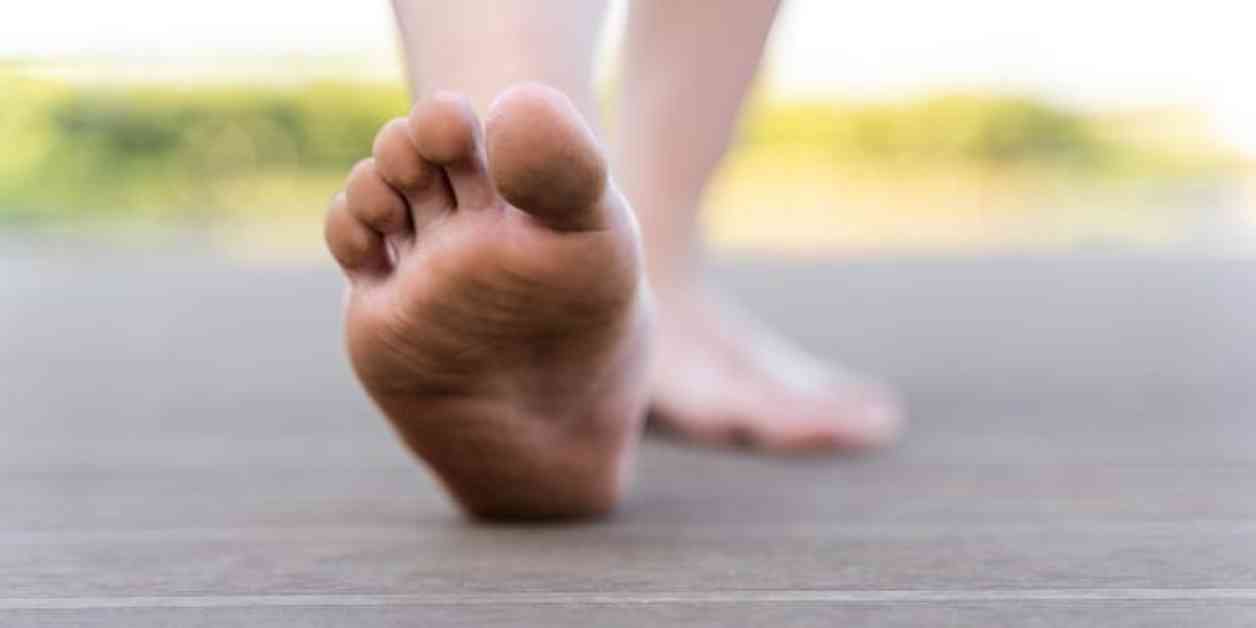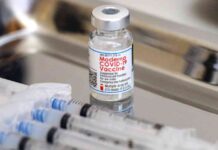Is Going Barefoot Bad for Your Health? Here’s What Doctors Say
People have long held a fascination with bare feet, often finding them off-putting or unhygienic. This sentiment is reflected in the popular “no shirt, no shoes, no service” signs that started appearing in Florida beach towns in the 1950s. These signs aimed to keep barefoot and shirtless customers out of establishments, and they quickly gained popularity across the country in the 1960s and ’70s with the rise of hippie barefoot culture.
Even today, the aversion to bare feet persists, with Gen Zers expressing their distaste for going shoeless on platforms like TikTok. In fact, according to the Cleveland Clinic, 12 percent of adults report fearing their own or other people’s feet, a condition known as podophobia. The underlying reason for this aversion to bare feet is the perception that they are unclean or gross, and there is some truth to this belief.
Dr. Saylee Tulpule, a podiatrist in Washington, D.C., and spokesperson for the American Podiatric Medical Association, explains that our feet are indeed teeming with germs. Bacteria, fungi, and viruses can easily find their way onto our feet, especially in environments like gyms or spas, which tend to be moist and attract germs. A 2023 study even found fecal bacteria on city sidewalks, which can be tracked indoors on the bottoms of people’s shoes.
While going barefoot can be a liberating experience, it also comes with potential health risks. Dr. Julie Schottenstein, a podiatrist and founder of The Schottenstein Center in Miami, warns that bare feet are more susceptible to injuries like cuts or scratches, which can allow pathogens to enter and cause issues like warts, athlete’s foot, nail fungus, and infections. Additionally, the germs you pick up while barefoot can be spread to others, potentially causing problems for those around you.
### The Risks of Going Barefoot
Dr. Aubrey Chad Hartmann, a dermatologist at U.S. Dermatology Partners Cedar Park in Texas, explains that while it’s normal to have various bacteria, yeast, and fungi on our skin, going barefoot increases our exposure to these germs, especially in warm, moist environments like saunas, pools, and gyms. These pathogens can cause a range of foot problems if the skin’s protective barrier is compromised, making it easier for them to invade and thrive.
One common foot issue associated with going barefoot is plantar warts, caused by the human papillomavirus (HPV). These painful bumps often develop around pools or other wet environments and can be contagious. Athlete’s foot, a fungal infection that presents as scaly patches between the toes, is another common consequence of going barefoot in contaminated areas. Toenail fungus, characterized by discoloration, thickening, and separation of the nail from the nail bed, can also be contracted from being barefoot in shared spaces.
### Signs of Foot Problems and Treatment Options
Regularly inspecting your feet for redness, swelling, blisters, bumps, scaling, lesions, or any other unusual changes is essential to catch foot problems early. Plantar warts, athlete’s foot, and toenail fungus are all treatable conditions that may require over-the-counter or prescription medications, depending on the severity. It’s crucial to seek medical attention if you suspect you have any of these foot issues to prevent them from worsening.
Plantar warts, which often appear as cauliflower-like bumps with a black dot in the center, can be treated with salicylic acid or professional removal methods like freezing or topical treatments. Athlete’s foot can be managed with over-the-counter antifungal products, while toenail fungus may require prescription medications for effective treatment.
### Preventing Foot Problems While Going Barefoot
To minimize the risks associated with going barefoot, Dr. Tulpule recommends wearing sandals, flip-flops, or slippers in public spaces like pools, gyms, or hotel rooms. These footwear options provide a protective barrier between your feet and potentially contaminated surfaces, reducing your exposure to harmful germs. However, if you do choose to go barefoot at times, practicing good foot hygiene is crucial to protect your feet from infections and other issues.
Here are some tips for maintaining healthy feet:
– **Keep your feet clean:** After being barefoot in public areas, wash your feet with soap and water, paying attention to the spaces between your toes. Dry your feet thoroughly to prevent moisture-related infections and change your socks daily or whenever they become sweaty.
– **Use a shoe spray or foot powder:** If you have sweaty feet, consider using drying powders with antifungal properties to reduce bacterial growth in your shoes. Additionally, using a shoe spray with antibacterial or antifungal agents can help eliminate germs from your footwear.
– **Moisturize your feet:** Regularly moisturizing your feet, especially if you have dry skin, can prevent cracks that allow bacteria to enter and cause infections. Look for moisturizers containing lactic or urea acids to keep your feet smooth and healthy.
By following these preventive measures and being mindful of where you go barefoot, you can reduce the likelihood of developing foot problems associated with exposure to germs and pathogens. Prioritizing foot hygiene and taking proactive steps to protect your feet can help you enjoy the benefits of going barefoot while minimizing the associated risks to your health.
In conclusion, while going barefoot can be a freeing and enjoyable experience, it’s essential to be aware of the potential health risks involved. By understanding the germs and pathogens that can affect your feet, recognizing the signs of foot problems, and implementing preventive measures, you can maintain healthy feet even when going barefoot. Ultimately, striking a balance between enjoying the freedom of going shoeless and prioritizing foot hygiene is key to ensuring your overall foot health and well-being.

















